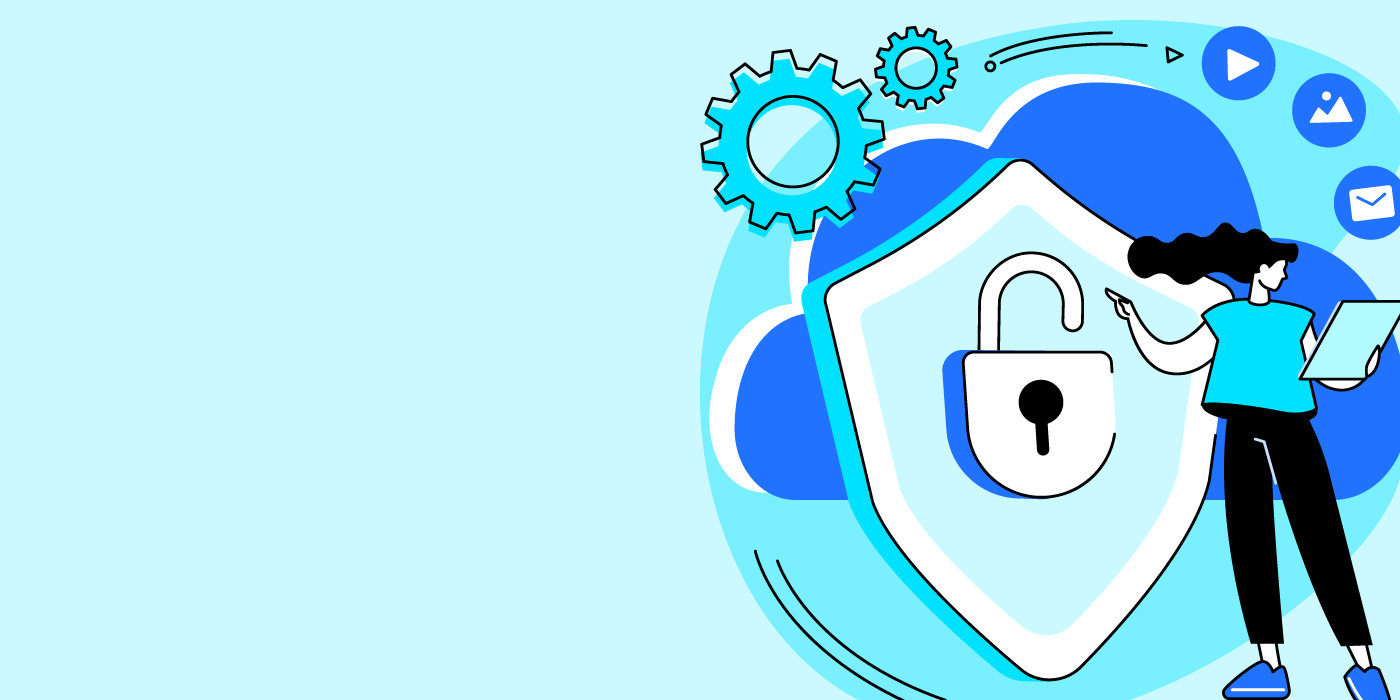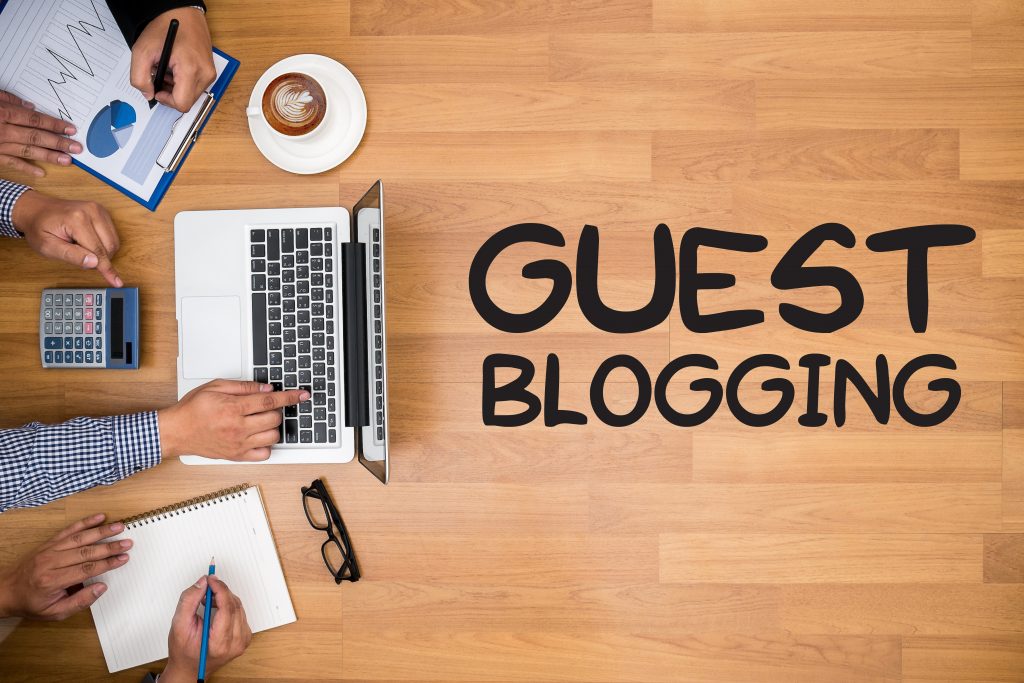Software as a Service (SaaS) is an on-demand subscription based service that offers organizations an efficient way to run their business operations over the cloud. SaaS-based platforms or applications are usually centrally managed by the service providers or SaaS vendors. As SaaS providers typically run their infrastructure in data centers that are designed for high availability and redundancy, the security of the SaaS platform is more reliable to store your data than using a security software or hardware locally.
Forecasts predict that SaaS applications are expected to increase in use by 16.3% from 2021 to 2026. This rise also foreshadows an increase in cyber assaults on SaaS applications. As of 2018, nearly 40% of SaaS applications remain unsecured, making them a popular target for cybercriminals.
Also Read: When was panasonic group founded
In this article, we’re discussing the top practices of SaaS security, how it works, and some examples of successful SaaS security implementations.
So, let’s dig in!
How Does SaaS Security Work?
SaaS security is a process of protecting SaaS applications and their data from unauthorized access, use, or disclosure. SaaS providers manage the security of their infrastructure and SaaS applications in order to protect their customers.
Customers are typically responsible for configuring their own security settings within the SaaS application. Misconfigured SaaS services often leave them more prone to cyber-attacks. SaaS security applications include firewalls, intrusion detection/prevention systems (IDS/IPS), and malware protection.
SaaS providers also often use role-based access controls (RBAC) to give users only the permissions they need to do their jobs. RBAC can help limit the damage that can be done if an employee’s account is compromised. Finally, encryption of customer data is done between them and the SaaS provider at rest and in transit. A web application security testing assists you in identifying exploitable flaws in your web application.
Why Is It Necessary to Have a Secure Security System in Place?
SaaS security is important because SaaS applications are often targeted by cybercriminals. SaaS providers can implement a wide range of SaaS security solutions, including firewalls and malware protection, to better protect their users.
In order to ensure that your SaaS security is up to par, it is important to partner with a SaaS security provider. These providers can help manage your organization’s security infrastructure and keep you protected from cybercriminals.
Further, implementing encryption for the customer data helps ensure that even if someone manages to get past all of the other SaaS security measures, they won’t be able to access customer data.
The Top Practices for Securing Your SaaS
The following section discusses the top practices for SaaS security. It also provides examples of successful SaaS security implementation models in accordance with these top practices.
Top SaaS Security Practices:
- Use Role-based Access Control (RBAC) to limit access privileges within your organization’s account.
- Encryption of customer data during transit and when at rest between customer accounts.
- Making employees understand the necessity of information protection from unauthorized use or disclosure.
- SaaS users must understand what PII (Personally Identifiable Information) is and how it can invite hackers to steal it and make use of it.
- Have a response plan in place in case of a data breach.
- Regularly audit access and permissions within SaaS applications to ensure their services are kept up to date with the latest software patches.
- Use a SaaS provider that takes information security seriously, invests in strong SaaS security solutions, and helps manage your overall security infrastructure.
- “The Kemp load balancers, recommended by Microsoft, now ensure good performance and high availability.”
Netflix is a company with strong SaaS security measures. The streaming video service uses RBAC to limit employee privileges, encrypts customer data both at rest and during transit, and has an incident response plan in place. In addition, Netflix regularly audits access and permissions within its SaaS applications. As a result, the company has been able to protect its customers from cyberattacks.
Another good example of a company with strong SaaS security practices is Salesforce. The cloud-based CRM provider uses RBAC to limit access privileges, encrypts customer data both at rest and during transit, and has an incident response plan in place. Salesforce also regularly audits access and permissions within its SaaS applications. As a result, the company has been able to protect its customers from cyberattacks.
Common Mistakes Made When Using SaaS That Is Detrimental to Security
This section discusses common SaaS security mistakes. It also provides examples of SaaS mistakes that have been observed in the past.
Common SaaS Security Mistakes:
– Allowing employee’s access to sensitive data stored outside of your organization’s SaaS account, like on their personal devices.
– Not providing proper training to the SaaS users on the importance of securing against unauthorized usage.
– Using SaaS applications outside of your organization’s SaaS account, for example on employees’ personal gadgets like mobiles and laptops that don’t have appropriate security measures.
– Not implementing multi-factor authentication which can help in customizing the SaaS applications security infrastructure further.
Apple is a good example of a company that has made common SaaS security mistakes in the past. The tech giant allowed employees access to sensitive data stored outside of its organization’s SaaS account, like on their personal devices. In addition, Apple did not train SaaS users to understand what information should be protected from unauthorized disclosure or use. In addition, SaaS applications outside of Apple’s SaaS account, like on employee laptops and mobile phones, were not properly secured. SaaS providers include personally identifiable information (PII) in their SaaS applications. As a result, Apple’s SaaS security practices were not adequate and the company experienced several data breaches.
Tips on How to Stay Safe While Using Your SaaS Account
Here are some tips for SaaS users to help them stay safe while using their SaaS accounts:
- SaaS users should only access SaaS applications from authorized devices, like their company’s computers and mobile phones.
- SaaS users should regularly audit SaaS applications to ensure their services are kept up to date.
- SaaS providers should encrypt customer data and create an incident response plan.
- SaaS users should use strong passwords.
Conclusion
In conclusion, the purpose of this article is to highlight the top SaaS security practices opted by cyber security providers to safeguard your SaaS applications from cyber-attacks and data breaches. We want you to be able to protect your business, and at the same time feel comfortable knowing that there is someone out there working hard for your security. Investing in good providers that can enforce these IT security audit measures will not only provide peace of mind but also offer protection against potential hackers looking for vulnerabilities within your system. Make your business prosper by refining your SaaS security with these top-notch practices!









